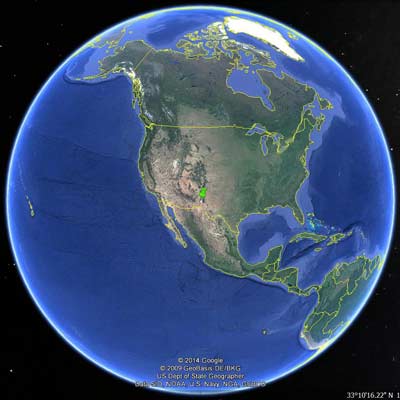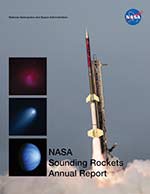
36.320 US KANKELBORG/MONTANA STATE UNIVERSITY
EUV Snapshot Imaging Spectrograph (ESIS)
- Mission
- Vehicle
- Launch
- Photos
36.320 US Terrier-Black Brant was launched from White Sands Missile Range, NM on September 30, 2019. Every few seconds, a small (approximately Earth sized) explosion occurs somewhere on the solar disk. These transition region explosive events are an example of magnetic reconnection, the same mechanism that is responsible for the much larger release of energy in solar flares. The purpose of the EUV Snapshot Imaging Spectrograph (ESIS) mission was to observe these events in enough detail to characterize the triggering of and release of magnetic energy.
The Principal Investigator is Dr. Charles Kankelborg/Montana State University.
For more information on this mission, visit: https://www.nasa.gov/feature/goddard/2019/rocket-team-are-solar-eruptions-messy-or-neat
 The ESIS mission was launched from White Sands Missile Range, NM on September 30, 2019.
The ESIS mission was launched from White Sands Missile Range, NM on September 30, 2019.


